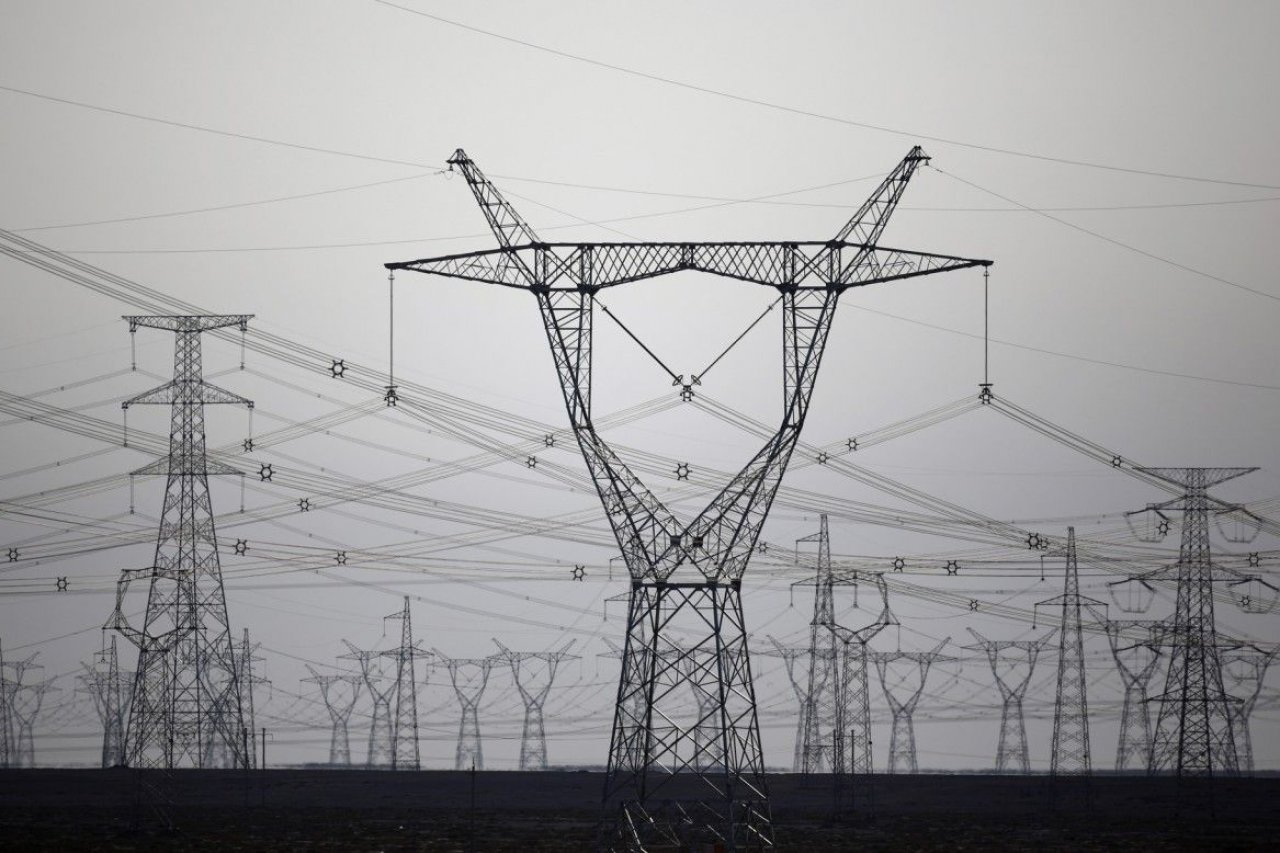A tiny pellet barely the diameter of a human hair is the only thing that stands in the way of extracting endless cheap energy from tap water. After years of frustration, scientists now think they are close to a breakthrough that will transform the global energy market and revolutionize the world's economy.
Nuclear fusion is the Holy Grail of energy production: the ability to re-create the hectic super-hot conditions at the centers of stars, but in miniature. By blasting a minute piece of hydrogen fuel with high-powered lasers, scientists are hoping to compress the fuel and cause the centers of atoms to fuse, leading to a massive release of energy.
If the process can be made to work, a city like San Francisco could be powered for a year with just a couple of hundred gallons of water. Even a single drop of H₂O could supply a single person's power needs for a year.
How does nuclear fusion work? Researchers at the Lawrence Livermore National Laboratory's National Ignition Facility in Livermore, California, fire 192 lasers at a chamber the size of a pencil eraser that contains a pellet about two millimeters wide made of either plastic or high-density carbon.
The inside of the pellet is coated with a mix of deuterium and tritium, which are two variants of hydrogen. Deuterium can be readily found in water and tritium is refined from lithium, which is an element present in garden soil.
Each of the laser beams has an assigned spot on the target and must hit it within 50 micrometers (about one-five hundredth of an inch) or less. It is not an easy feat. NIF scientists compare it to throwing a strike at the Dodger Stadium in Los Angeles from a Giants' pitcher's mound at AT&T Park in San Francisco.
However, precision isn't the hard part. It's the makeup of the pellet.
"There are two classic problems that we have when we try to do these implosions," says Ed Moses, director of NIF and Photon Science at LLNL.
One is keeping the shape of the capsule spherical. Once the lasers are focused on the capsule, it is heated very quickly up to millions of degrees Fahrenheit and becomes a plasma. Keeping the pellet uniform and round is tricky; if there's even a slight difference in pressure, the pellet can warp into the shape of a pancake or a football.
The other major difficulty is when the capsule material intermingles with the hydrogen fuel. Mix issues have been traced to tiny defects on the surface of the capsule — places where the pellet is slightly thicker or thinner than the rest of the shell. These minute differences can cause the capsule to rupture, sending capsule material into the reaction.
"Think about throwing little ice cubes into a cup of hot coffee," Moses says.
NIF researchers have been getting the mixing issue under control by redesigning how energy is distributed across the laser pulse, shortening the pulse from about 14 billionths of a second down to about 9 billionths of a second. Those changes have almost eliminated the breakup problems that were plaguing the researchers last year.
Moses feels he is now on the threshold of one of the greatest breakthroughs in science.
"In the last few weeks we've gone to approximately four times the level of energy that we were at a year ago," he says. "We're on the verge of burning."
What they are hoping to reach is "ignition," the point at which the reaction starts giving off more energy than is being put into it. To get to that point, Moses thinks the lasers have to move 20 to 25 percent faster. That doesn't sound like too tall of an order until you consider that they are already moving at about 200 miles a second.
If ignition is reached and nuclear fusion is feasible, hooking it into the grid would not be difficult, Moses says.
The energy flies out of the fused atomic nuclei in the form of neutrons. If you run those neutrons through lithium, the lithium will heat up. And from that heat you can turn water into enough steam to turn a generator to make electricity.
And electricity is just electricity, however it is made. "You wouldn't be able to tell that you had fusion energy powering your iPod, computer, or electric car - except there'd be no pollution, and you'd be using a small amount of water for fuel," Moses says.

























